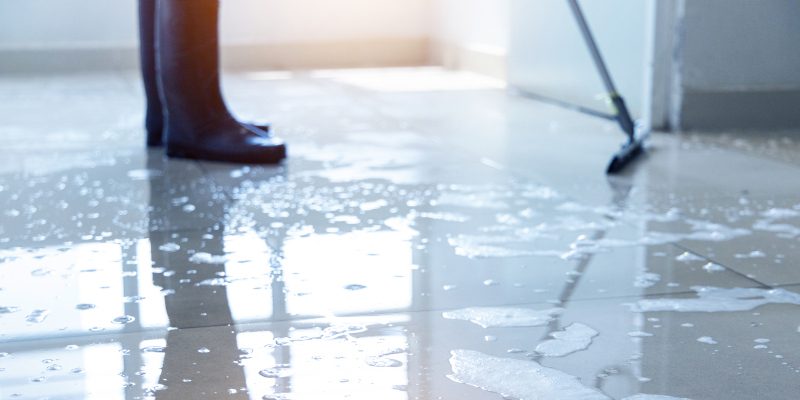Experiencing a sewage backup can be a nightmare for any property owner. Not only does it create a hazardous and unsanitary mess, but it can also cause significant property damage. A sewage backup requires immediate action, whether it has been caused by a clogged sewer line, heavy rain, or a failing septic system. However, knowing the right steps can help minimize damage and ensure a safe cleanup process.

Here are the crucial steps you should take if your property ever experiences a sewage backup:
- Stop using water immediately. Running sinks, flushing toilets, or using appliances like dishwashers or washing machines can worsen the problem by pushing more wastewater into the affected area.
- Protect yourself from contaminants. Avoid direct contact with the sewage, and if you must enter the affected area, wear gloves, boots, and a face mask. Open windows and doors to improve ventilation and reduce exposure to toxic fumes.
- Prevent electrical hazards. If it is safe, shut off the electricity in the affected area to prevent electrical shocks or fires. If unsure, contact a professional before attempting to turn off the power.
- Call a professional sewage cleanup service. The longer sewage sits in your home or business, the greater the risk of structural damage and mold growth. Professional sewage cleanup services are necessary for large-scale backups to ensure proper sanitization and restoration. They’ll also be equipped to diagnose the cause of the backup, whether it’s a clogged sewer line, a failing septic system, or a broken component.
A sewage backup is an emergency that requires swift action to prevent further damage and health risks. At Degler Waste Services, we provide expert sewage cleanup and septic services. If you’re dealing with a sewage backup, don’t wait; contact us immediately for professional assistance.
